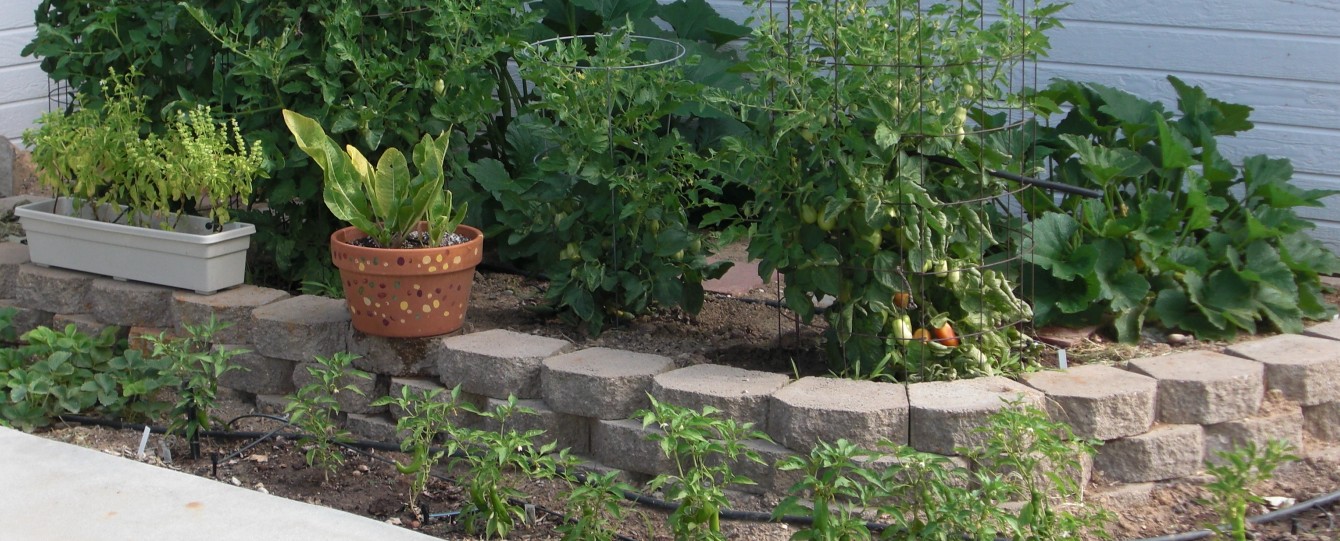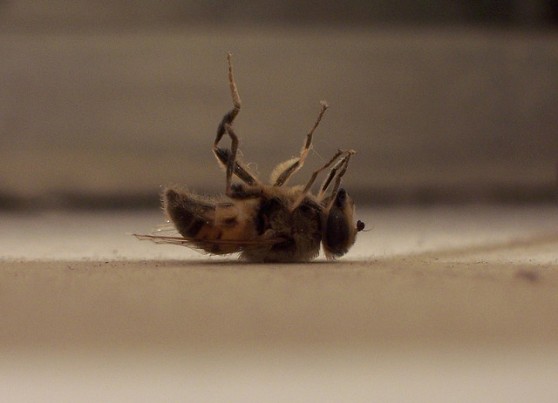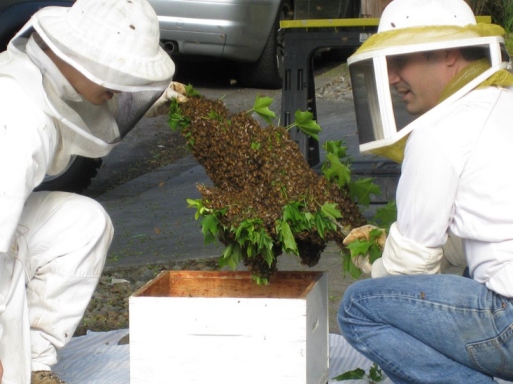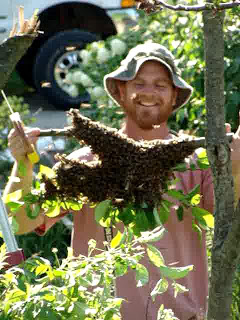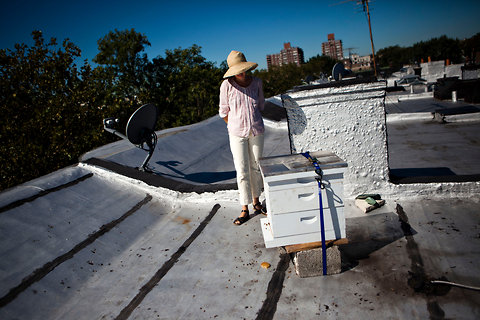Breaking Urban Ground
is thrilled to announce our first issue of
Breaking Urban Ground magazine.
It is currently available on iPads everywhere in the Newsstand app. We have interviews from Paul Gautschi on his amazing Back to Eden garden. Larry Hall talks to us about the Rain Gutter Automatic Watering System he created. Baker Creek Heirloom Seeds comes to you via the voice of Jere Gettle. A personality local to me, Gretchen Anderson answers some of our questions about starting backyard chickens. If chickens are not for you maybe our discussion with Vice President of Mann Lake Ltd may interest you. Jack Thomas gives us great advice on the topic of becoming a bee keeper. If you want to know anything about real world emergency preparedness then you will want to catch Steven Harris‘ interview. He tells us what every home can do to take a first (and easy) step toward counting on yourself in a power outage or if you lose a regular water supply. We even have a special article contributed to us from Pepper Miller. Her 3 part blog article “The Chicken Plan” is an example for you to see how one person put her wish to keep chickens into practice.
We are thrilled about the launch of the magazine but we are always looking forward to new issues. We are building June’s magazine right now and would love your participation. It can be as simple as a picture. You can send us pictures of your Breaking Urban Ground Projects. They can fall into these major categories.
Animals:
Show us your chickens, bees, rabbits, worms(worm compost projects) goats and others.
Alternate power:
Battery storage, home wind generator, solar projects, rain storage. Any utility you provide for yourself.
Food Production:
Canning successes, canning failures, dehydrated foods, cheese making, syrup, yogurt. What food did you make?
Gardening:
Your urban garden, community gardens you participate in, Veggies you grew or are growing, unusual crops, your first plant. If it is growing for food we want to see pictures.
Household Stuff:
Planter projects, a trellis you made, detergent, candles, beeswax lip balm, a bat house. This is the “construction zone”.
Preparedness:
This is more of an action than a “thing” so let’s see first aid kits, group pictures of your CPR certification class, your 72 hour kit. Send photos related to “being” ready for lives turbulent situations.
Storage:
How do you maximize your space. Lets see creative ways to manage what you have. Shelves you built, basement root cellars, serious spice cabinets.
Don’t forget to tell us about the picture. A picture of canned carrots is nice but information on who made them and a little background is better.
With all of this be sure to include the kids. Breaking Urban Ground includes all people learning to provide for themselves as they have interest. The entire family can be included. My kids don’t like gardening but love to make cheese. If your kids like doing something send pictures of their projects too.
We are all about learning. Learning includes mess-ups and failures. Send pictures of these and some info on what you learned from the experience and what you will do differently next time.
Sending your photos to Ideas@BreakingUrbanGround.com constitutes permission to use or not use the photos in future issue and articles and on the Breaking Urban Ground website and social media affiliations. Don’t send us pictures if they are not your own or you do not have authorization to distribute them.
Our first issue was so much fun to make. Lets make the next one better.
Joe Gore
